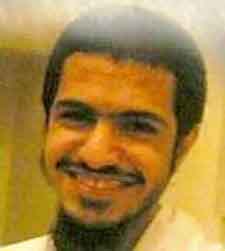From Long Island Catholic to Al-Qaida Terrorist, Peruvian Man Could Testify in Brooklyn

bryant%20neal%20vinas.jpg
LIRR Bomb-Plot May Be Revealed at Trial to Start Today
CADMAN PLAZA EAST (AP) — When a shadowy American who became a sworn member of al-Qaida was captured in Pakistan in 2008, U.S. intelligence officials sensed they had struck gold.
The young jihadist was whisked away to a Brooklyn courtroom in early 2009, where he secretly pleaded guilty to terrorism charges and was then held in seclusion. His identity — but not much else — was made public a few months later.